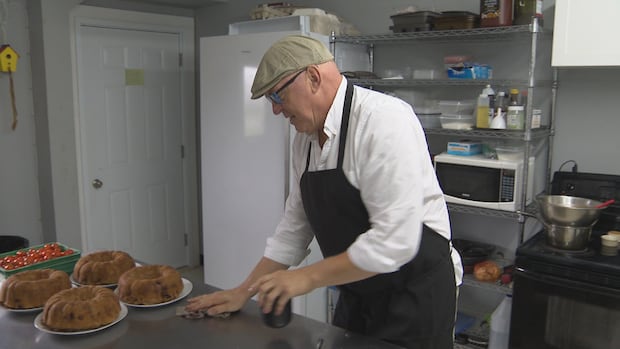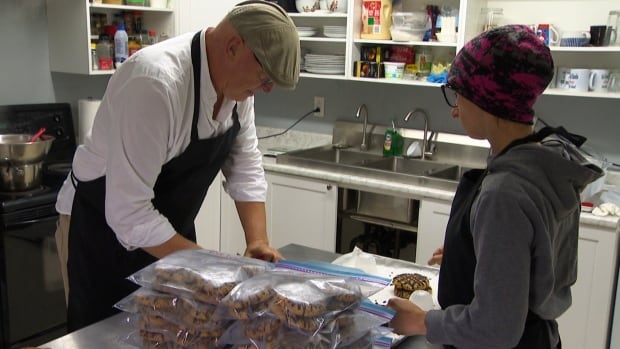
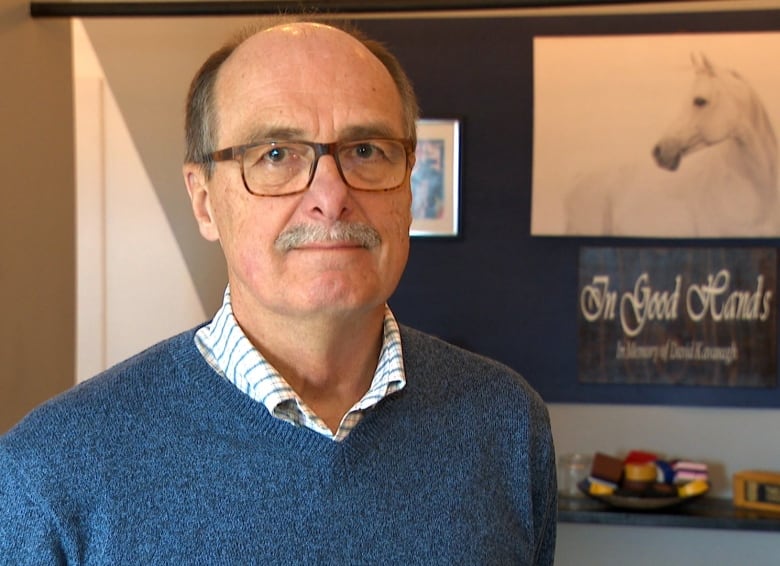
A support group on Bell Island is helping people overcome their addictions not through rehab, but through creative pursuits with their peers.
But Mike Clair, Bell Island Support Network’s board chair, has an even bigger vision of the program.
“What we’re trying to do … is to create a new vision for Bell Island. What is possible here?” said Clair.
Located in the centre of Wabana, the peer group runs a drop-in centre called The Hug for those who want to tackle their addictions.
The province’s only hospital-run opioid clinic opened at the Dr. Walter Templeman Health Care Centre on Bell Island in April 2019.
“That kind of highlighted the need that there might be more required to … help heal the community,” said Clair, who says the peer group is meant to complement what the hospital is doing.
Almost three years later, in the winter of 2022, The Hug opened its doors.
The Hug not only provides peer support for struggling community members, but also has hands-on programming including arts and baking, aimed at bringing more life and activities to Bell Island.
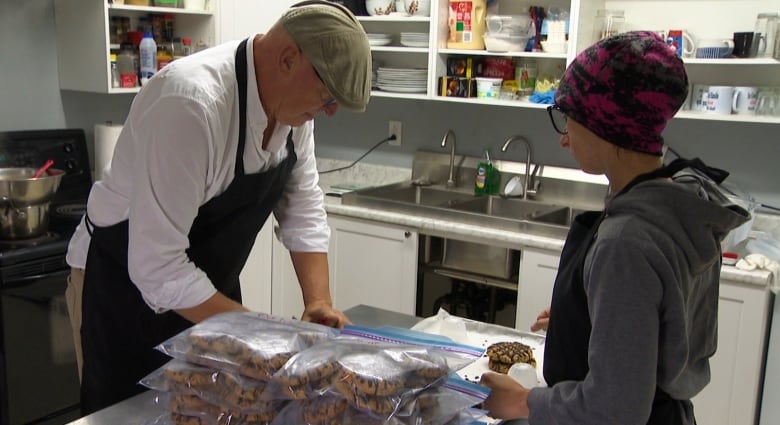
With the help of chef Alfred Hynes, volunteers at The Hug make oatcakes and fish cakes for restaurants in St. John’s. They also make soaps for local retailers — and are looking for more things to produce.
Clair said there are some misconceptions in the community about what happens at The Hug.
“Some people have the mistaken impression that we supplied drugs in this place. This is totally untrue. This is a dry building,” said Clair.
“We are a place that helps people recover from these things.”
Making change
The Bell Island peer network tries to help residents on their road to recovery, including by giving community members harm reduction supplies, like naloxone kits and clean needles. But it’s not just about the materials, Clair says.
“Maybe you’ve lost your driver’s licence, maybe you’ve incurred some debts, maybe you don’t have a place to live. So we’ll help you figure things out,” said Clair.
The Hug’s peer support co-ordinator, Shelly Kavanagh, is there to help guide people through their recovery journey. She wants to end the stigma surrounding harm reduction.
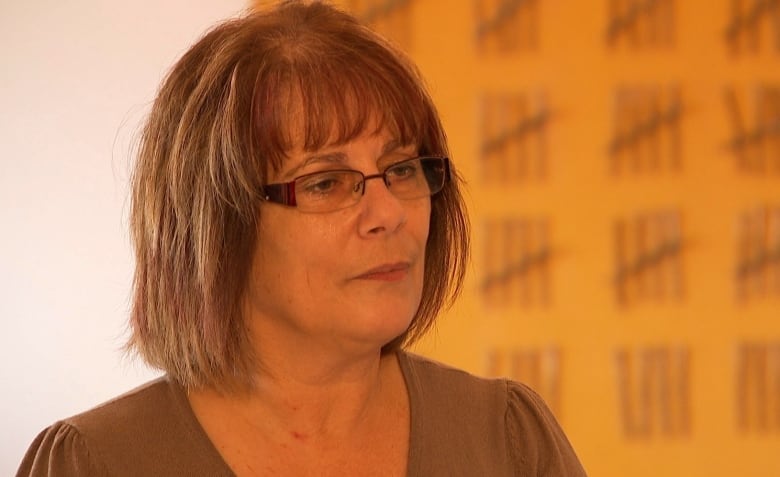
“We want people to come here and feel safe, in a [non-judgmental] environment,” said Kavanagh. “Some people, they’re not welcome in other places, but here they are welcome no matter what’s going on with them.”
Kavanagh has first-hand knowledge of what many people on Bell Island are going through, as she’s also recovering from addiction.
“I am a part of this group…. I’ve had many addictions of my own, so I know how they feel living in a small community like Bell Island,” she said.
“I kind of wish a place like this was here years ago,” she added. “We’ve lost people to substance use and addiction, and we are here to try and prevent that.”
While The Hug provides peer support, it also offers soapmaking and other creative outlets. It helps people on Bell Island looking to overcome addictions. The people who operate it have an even bigger vision for the future.
Samantha Bickford, a client and volunteer at The Hug, has also struggled with addiction.
“I was a drug addict for just half my life and I’m currently in recovery and I’m doing really well,” she said.
She says there isn’t much to do on Bell Island, so The Hug’s activities, like baking and art, have kept her busy.
“[It] keeps me on the path that I need to be on versus the path I was on,” she said.
An ambitious dream for Bell Island
Michael Clair describes Bell Island as a ‘rust belt’ community, as it was built around its iron ore mine, which became essential during the Second World War.
But after the mine closed in 1966, the town de-industrialized and economic opportunities declined, forcing many to leave. Those who stayed behind still grapple with Bell Island’s economic reality.
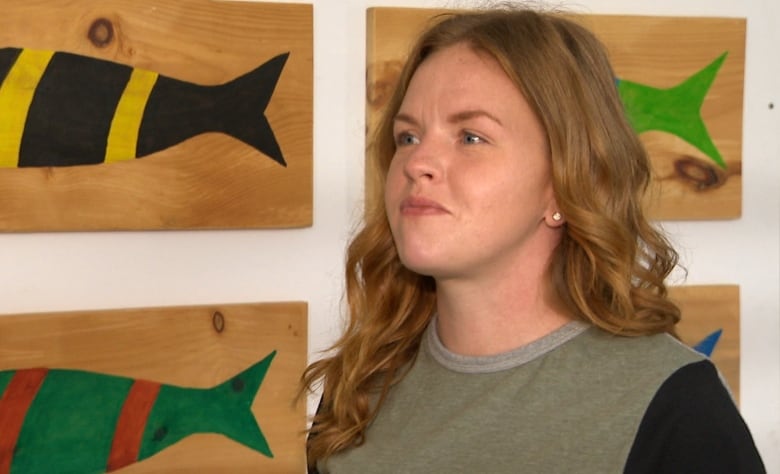
Bickford says that for the stigma around mental health and addictions to end, more people need to come to The Hug.
“It would be nice if people would be like, ‘OK, people won’t look down on me for coming here,'” she said. “I want to help more people. I want more people to be like me.”
Clair also has a big dream for the future of Bell Island, which he hopes the peer group can spearhead.
He says that the group has sought more funding from Health Canada, to expand the group’s reach and possibilities, such as educating students about drugs and alcohol. He also wants to create a maker space at The Hug, where community members can use computers and a 3D printer to experiment and be creative.
Boosting the economic opportunities on Bell Island is also important for Clair, who says he wants the peer group to stimulate job creation and housing opportunities.
“We have an ambitious agenda going forward,” he said, “and we’ve received a lot of support from the town council [and] from the community.”
Download our free CBC News app to sign up for push alerts for CBC Newfoundland and Labrador. Sign up for our daily headlines newsletter here. Click here to visit our landing page.
